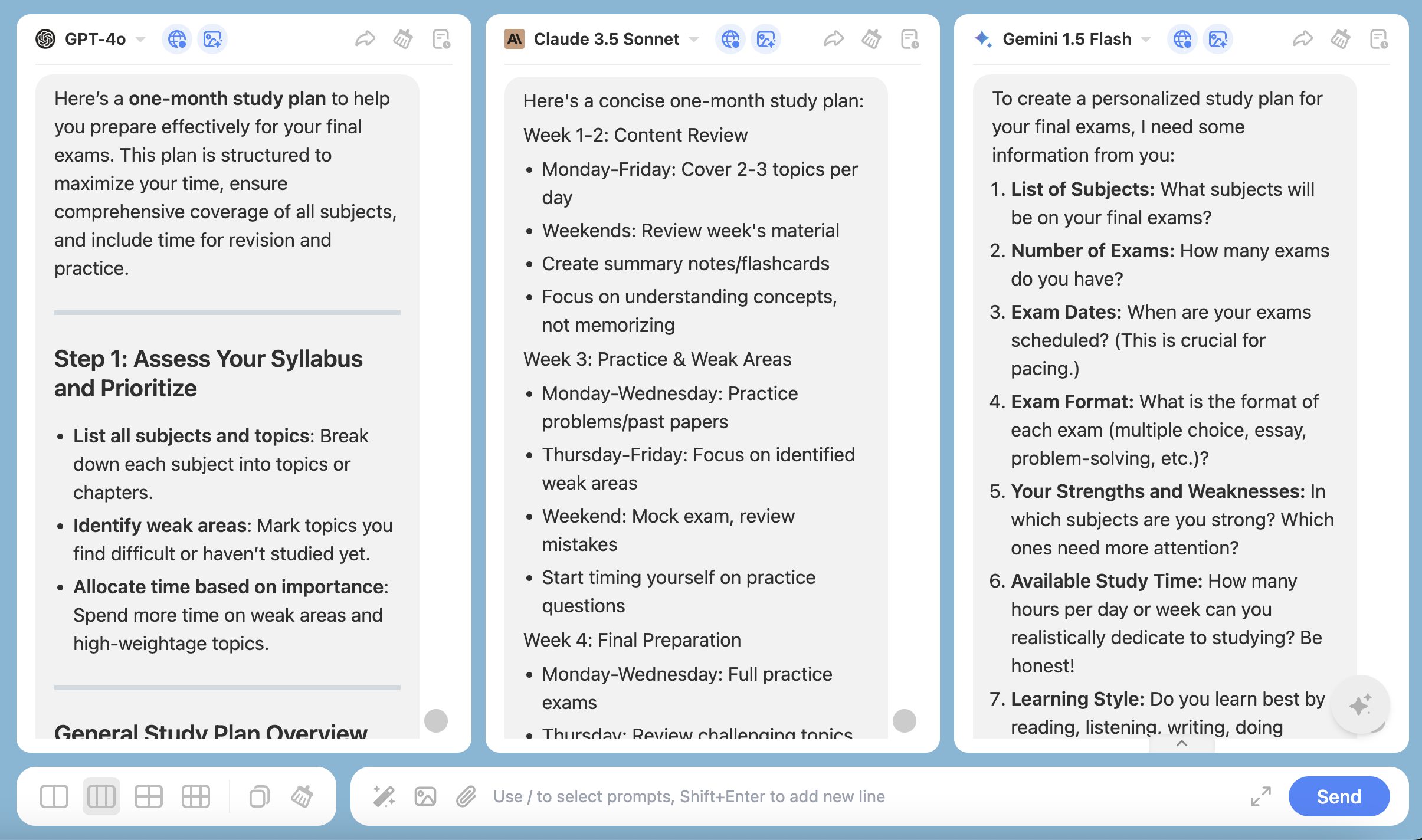💡 Large language models are tools to aid understanding and learning, not shortcuts to replace thinking and learning. It is recommended to combine them with traditional learning methods to achieve the best learning outcomes.
1. Learning Assistance
You can ask the AI tool questions to get explanations of complex concepts. The model can provide concise explanations and relevant examples to help you understand. Example: “What are the fundamental principles of quantum mechanics?“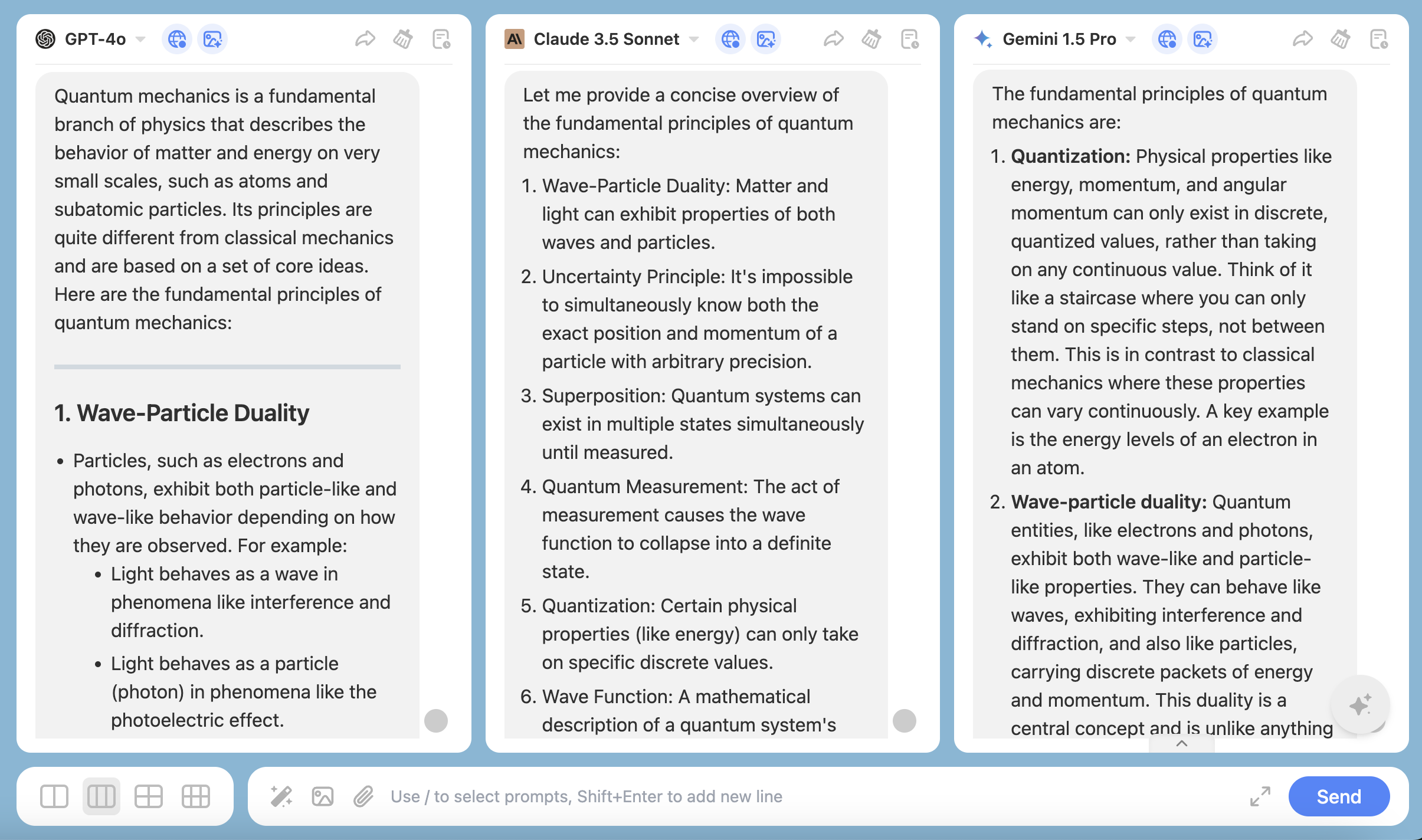
2. Writing Support
When writing essays or reports, you can use the AI tool to generate outlines or provide writing suggestions to help you organize your thoughts. Example: “Help me create an outline for a paper on the study of gender role reversals in Shakespearean comedies.”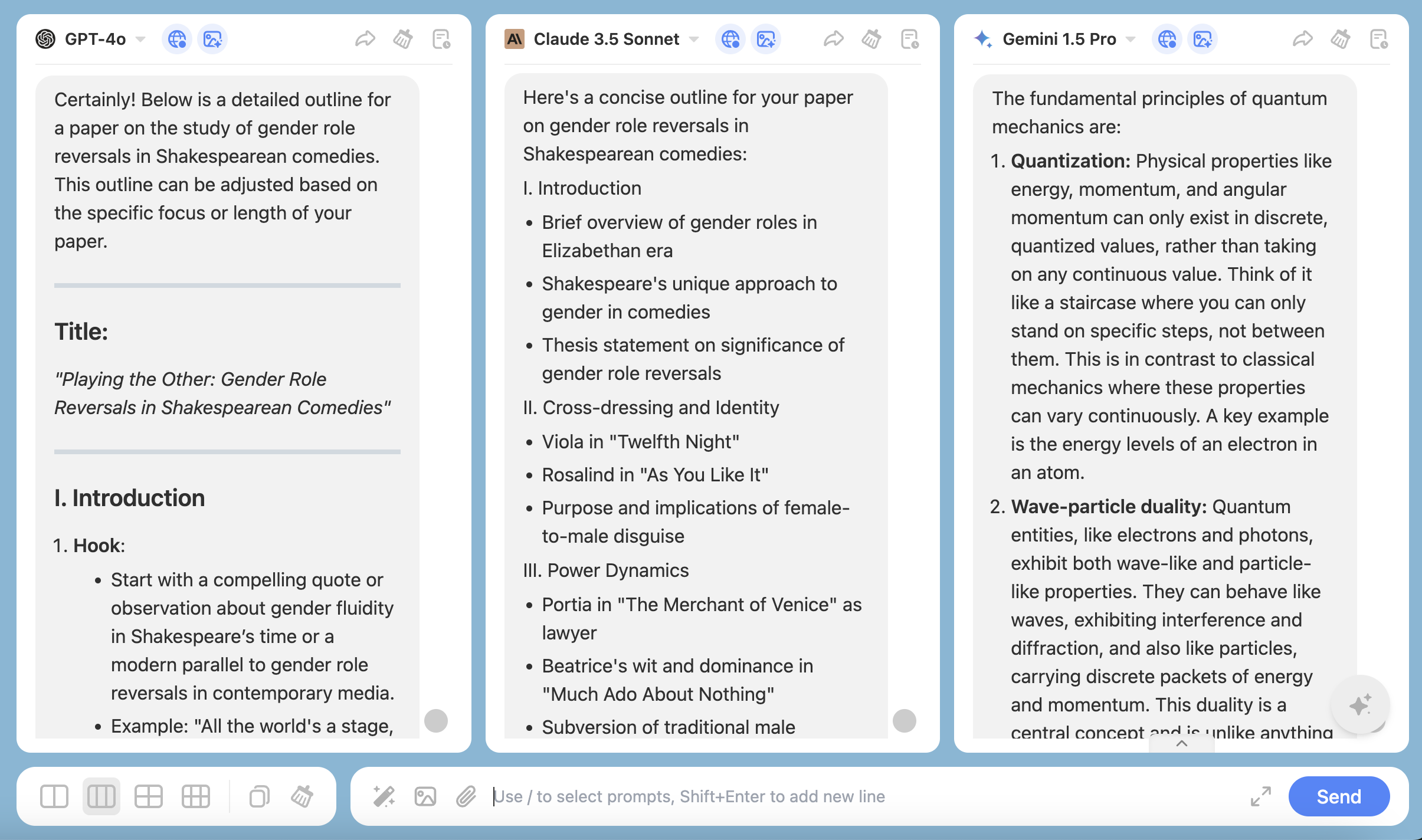
3. Programming Assistance
While learning programming, you can ask the AI tool for code examples or debugging advice. Example: “How can I create a simple calculator using Python?“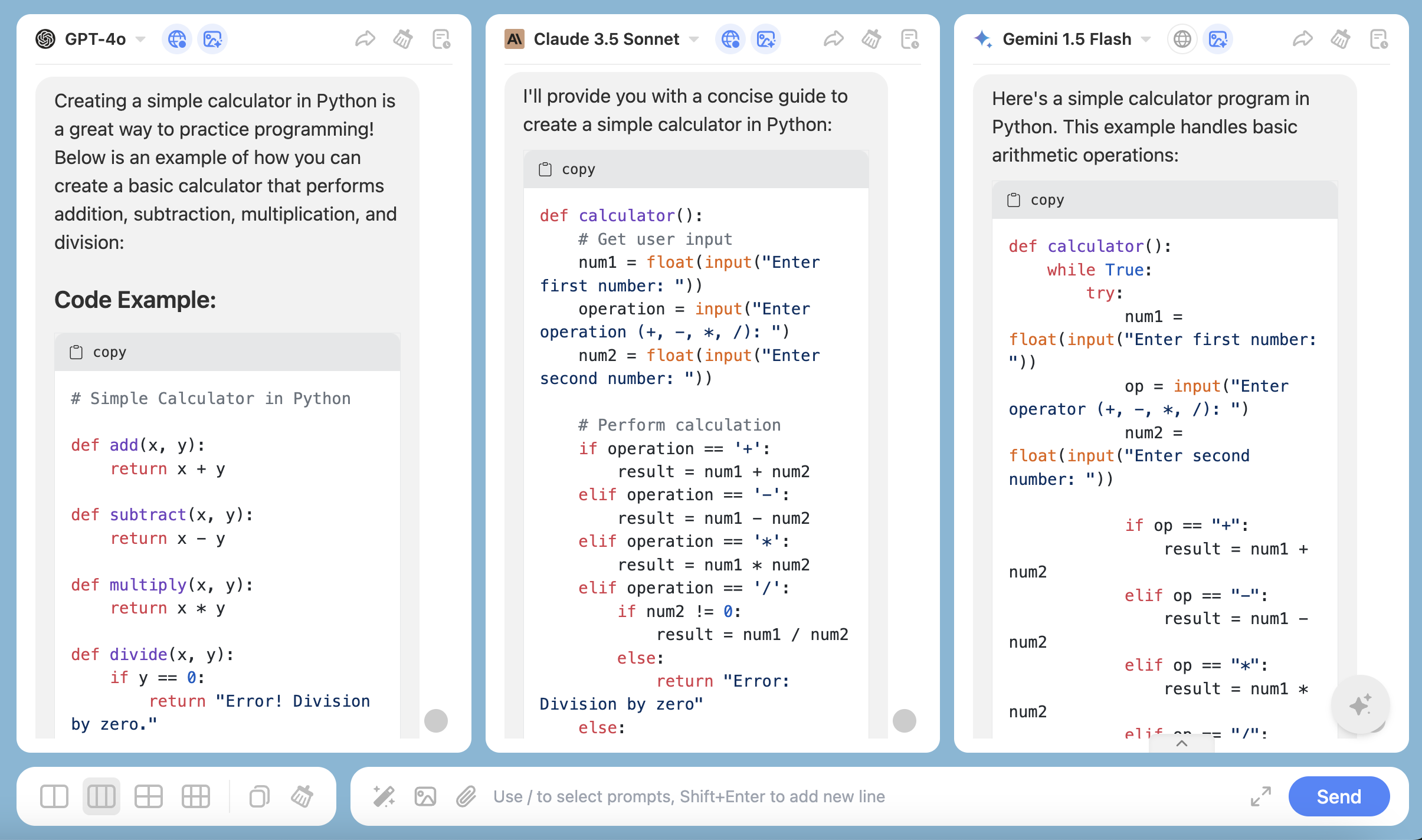
4. Language Learning
You can use the AI tool for language practice, such as conversational practice or writing exercises. Example: “How do I introduce myself in French?“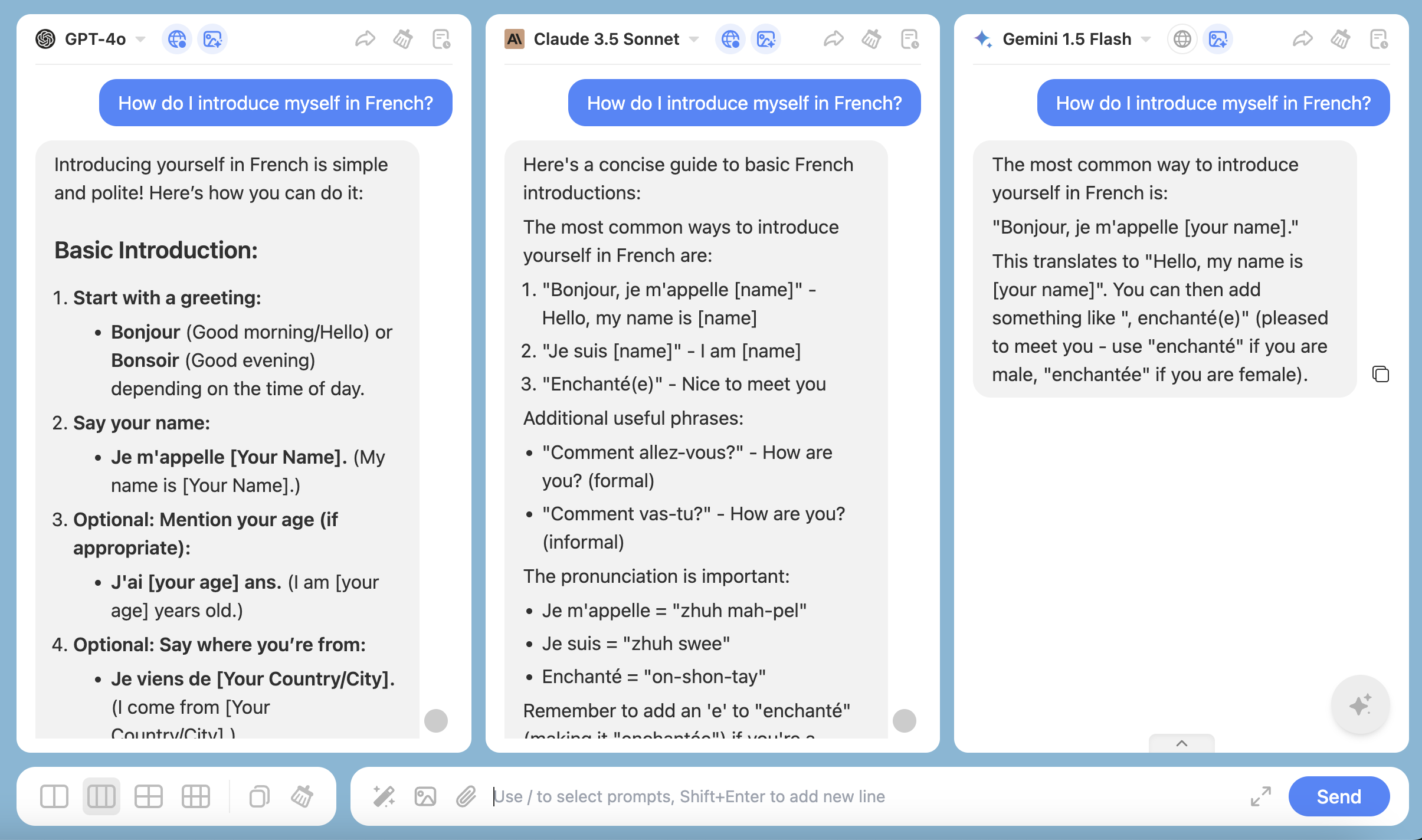
5. Research Support
When conducting academic research, you can use the AI tool to find relevant literature or get background information on research topics. Example: “Recommend some research papers on the ethics of artificial intelligence.”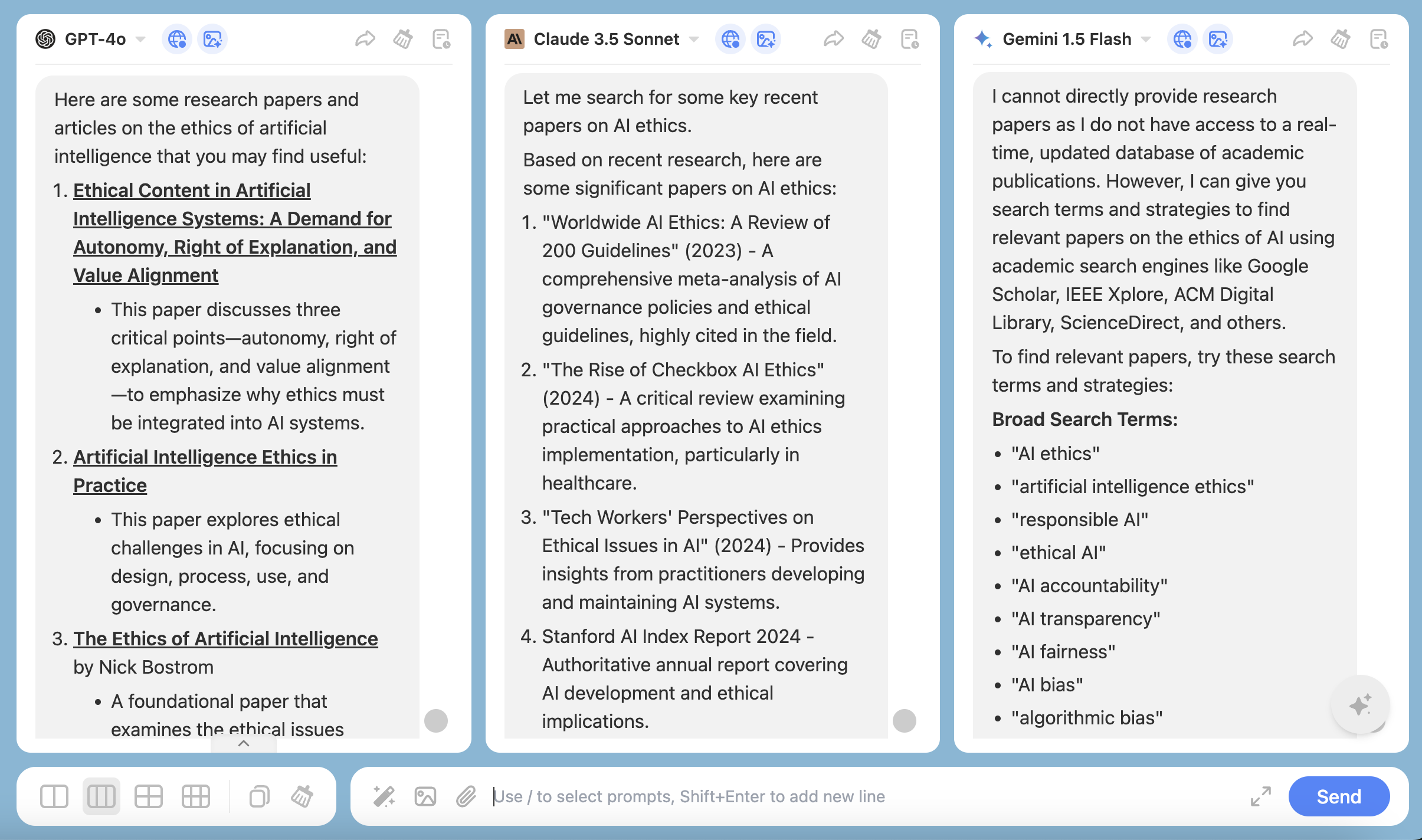
6. Review and Test Preparation
You can use the AI tool to generate review materials or mock test questions to help you study and prepare. Example: “Generate some multiple-choice questions on biology for me.”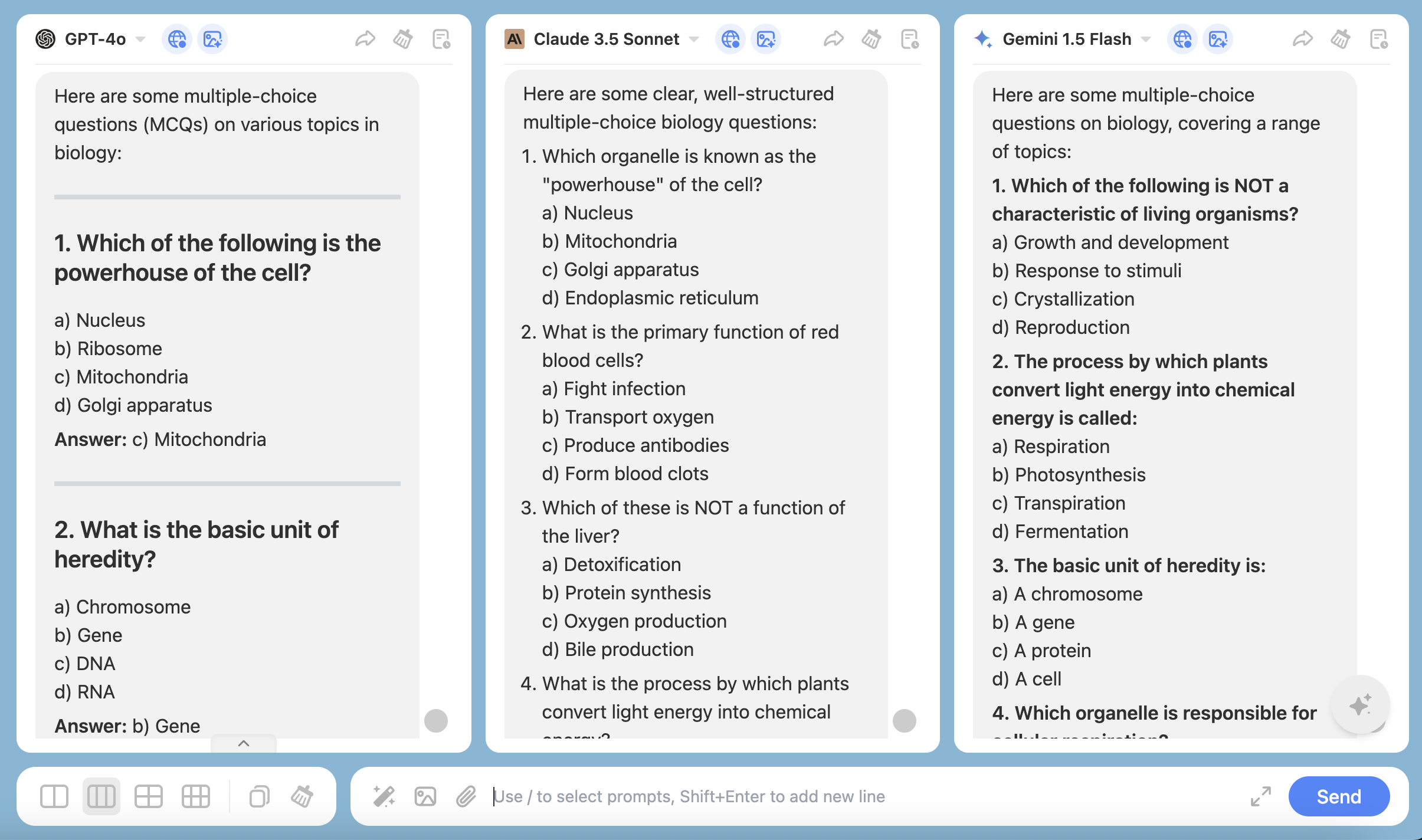
7. Time Management and Study Planning
You can ask the AI tool to help you create study plans or time management strategies. Example: “I have one month to prepare for my final exams. Help me create a study plan.”